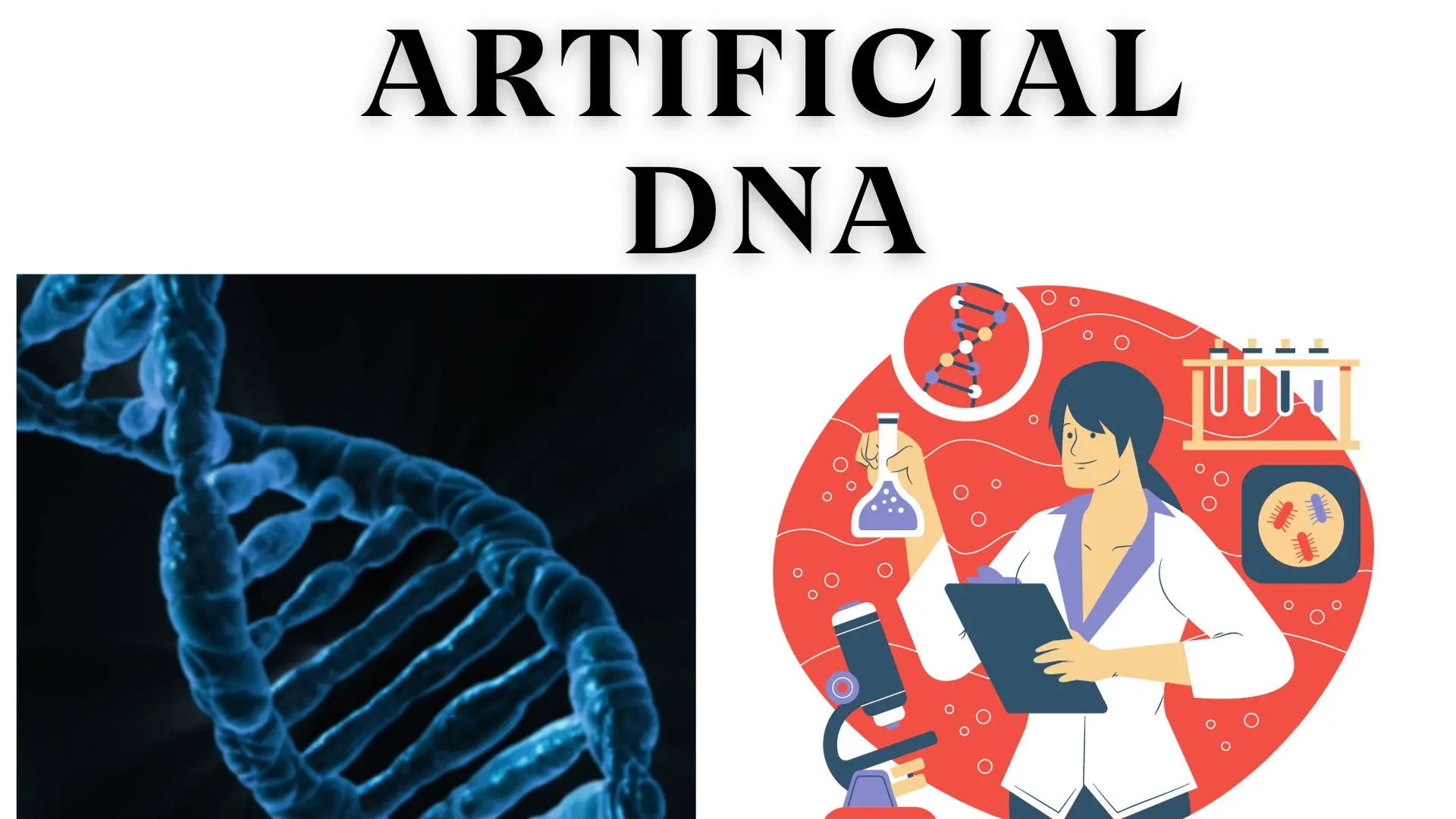In a significant breakthrough, researchers at the Skaggs School of Pharmacy and Pharmaceutical Sciences, University of California San Diego, have taken a crucial stride towards unleashing the potential of artificial DNA. Published on December 12, 2023, in Nature Communications, their findings indicate that RNA polymerase, a key enzyme in protein synthesis, can recognize and transcribe an artificial base pair with the same precision as it does with natural counterparts.

The implications of this discovery are profound, potentially paving the way for the development of innovative medicines through the design of bespoke proteins. To comprehend the significance, let’s delve into the fundamentals of DNA. DNA is composed of four nucleotides: adenine (A), thymine (T), guanine (G), and cytosine (C). These nucleotides form specific base pairs with a distinctive molecular geometry known as Watson and Crick geometry, named after the scientists who unravelled the double-helix structure of DNA in 1953.
These base pairs, consistently forming in configurations A-T and C-G, are the building blocks of the double-helix structure. The study introduces a groundbreaking concept—the Artificially Expanded Genetic Information System (AEGIS), a modified genetic alphabet featuring two novel base pairs. Originally initiated by Benner and supported by NASA, AEGIS aims to comprehend the potential development of extraterrestrial life.
By isolating RNA polymerase enzymes from bacteria and scrutinizing their interactions with synthetic base pairs, the researchers discovered that the synthetic base pairs from AEGIS assume a geometric structure mirroring the Watson and Crick geometry of natural base pairs. This revelation opens up new possibilities for manipulating genetic information and holds promise for creating tailored proteins with unprecedented applications in medicine and beyond.
Result of Study on Artificial DNA
The outcome of the study reveals that the enzymes responsible for transcribing DNA cannot distinguish between the synthetic base pairs introduced and those naturally occurring. This breakthrough not only broadens the horizons of synthetic biology but also supports the long-standing tautomer hypothesis, a concept rooted in the seminal work of Watson and Crick.
The tautomer hypothesis posits that the conventional four nucleotides can form mismatched pairs due to tautomerization—a process where nucleotides oscillate between various structural variants with identical compositions. This phenomenon is believed to be a contributing factor to point mutations, affecting only a single base pair within a DNA sequence.
The researchers’ focus now shifts to investigating whether the observed effect remains consistent across diverse combinations of synthetic base pairs and cellular enzymes. This exploration marks a significant step in understanding the intricate interplay between synthetic elements and natural biological processes.
Journal Link:-

Really nice style and design and excellent content , nothing at all else we need : D.
Thanks….do visit other articles too.